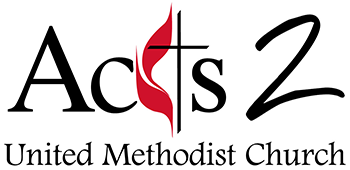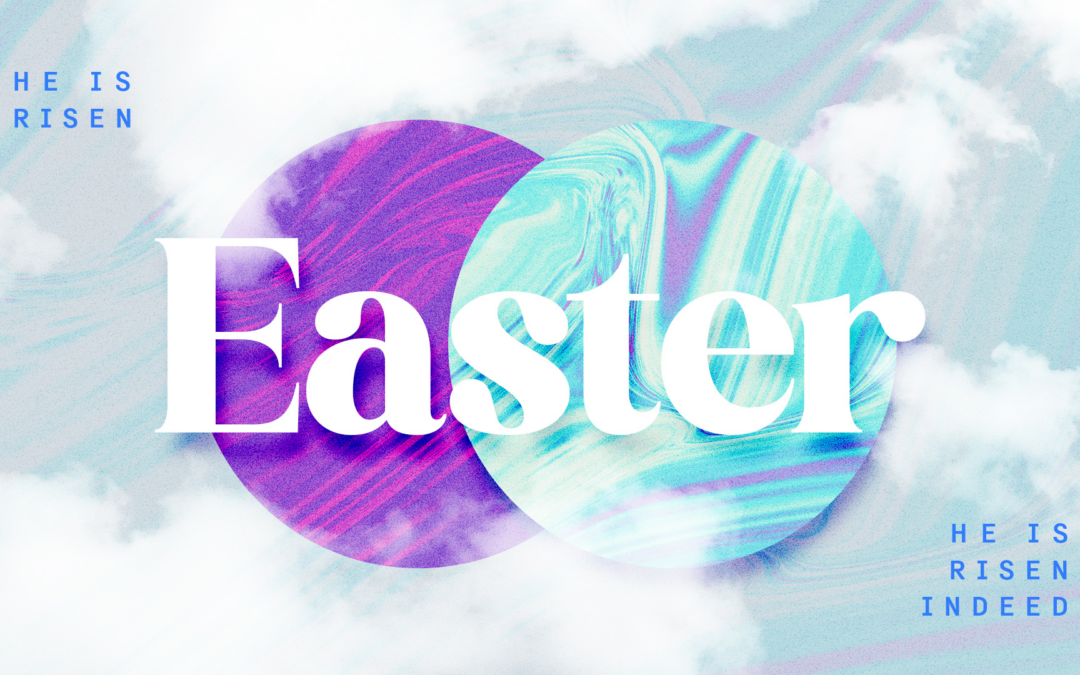Tuesday, April 22
They Wrote It All Down Anyway
Michael Andres
Reading
They came to the edge of the village where they were headed. He acted as if he were going on, but they pressed him: “Stay and have supper with us. It’s nearly evening; the day is done.” So he went in with them. And here is what happened: He sat down at the table with them. Taking the bread, he blessed and broke and gave it to them. At that moment, open-eyed, wide-eyed, they recognized him. And then he disappeared.
Back and forth they talked. “Didn’t we feel on fire as he conversed with us on the road, as he opened up the Scriptures for us?”
They didn’t waste a minute. They were up and on their way back to Jerusalem. They found the Eleven and their friends gathered together, talking away: “It’s really happened! The Master has been raised up—Simon saw him!”
Then the two went over everything that happened.
Luke 24:28–35 (The Message)
Reflection
One of my favorite books about the Gospels is Robin Griffith-Jones’ The Four Witnesses. He provides context and fresh perspective (to me—though there are entire fields of study dedicated to this; I just picked it up because I saw it on a smart pastor’s bookshelf and thought, Huh, cool) about the authorial voices that shaped the texts we use as the foundation for our story as followers of Jesus. Each Gospel writer was shaped by their own view of the world and their place in it—not unlike us, as we re-tell the story of Jesus in our own time.
Griffith-Jones gives each of the Gospel writers a one-word answer to Jesus’ question: “Who do you say I am?”
For Mark—The Rebel.
Matthew—The Rabbi.
Luke—The Chronicler.
And John—The Mystic.
The spine of my copy is well-worn now, its pages yellowed, the cover a portrait divided into four unique shades of Christ’s visage. I love this book because it taught me, while I was still a young guy, to not view Jesus through just one lens—but to encounter Christ through the diverse perspectives of the world into which God became incarnate. It also gave me a deeper appreciation for the humanity within our story.
Once Jesus appeared to the disciples after the resurrection, it could’ve been easy for them to tell, write, sing, and share a version of the Jesus story that glorified them as much as it glorified the one clothed in the glory of heaven. The Gospels could have scrubbed away the slack-jawed wonder, the disbelief, the hiding, and the fear. They could have embellished their letters to one another—written it like they never hesitated, never doubted. As if they’d just spent the afternoon unknowingly walking with their not-so-dead best friend, like something out of Monty Python.
But they didn’t do that. They left it all in.
Because the story of resurrection isn’t really about us. It never has been.
It’s about what God has done in the world for us.
They left in the doubt and disbelief, the hiding and the stammering. They left in the longing and the fear. They wrote it all down anyway.
Because what else are we supposed to do when the laws of nature and the shadows of the sun are turned upside down?
How else are we, in our humanity, supposed to react when death is defeated and heaven dwells among us in real, tangible ways?
Sometimes the joy of Easter creeps in slowly. And that’s alright.
PRAYER
Here I am, Jesus—
Awe-struck and grateful, tired and joyful.
In all my messiness and in all my clarity,
You are there—
Resurrected and true,
Giving me—us—hope and new life.
Thank you, Lord.
AMEN.


